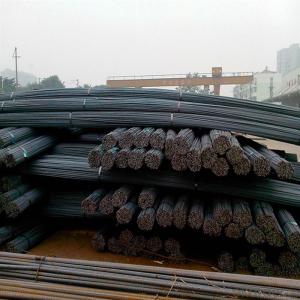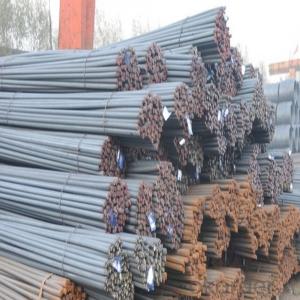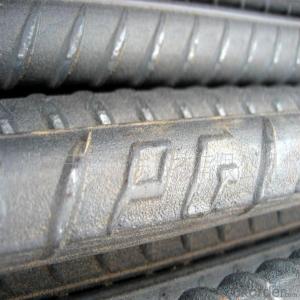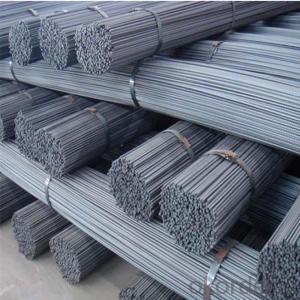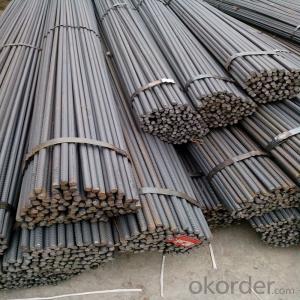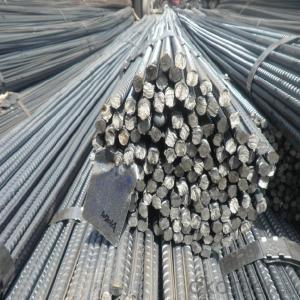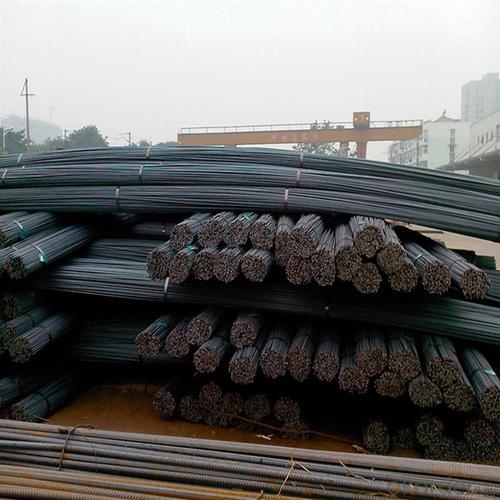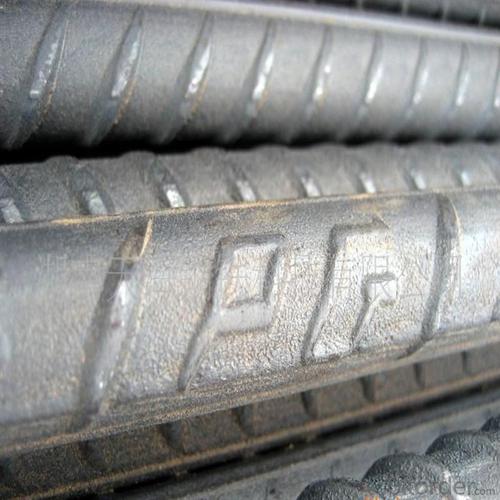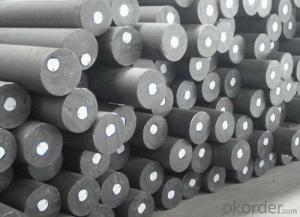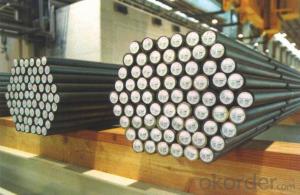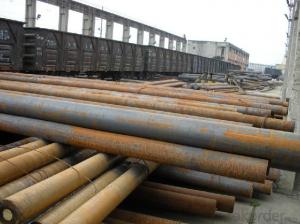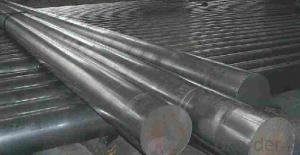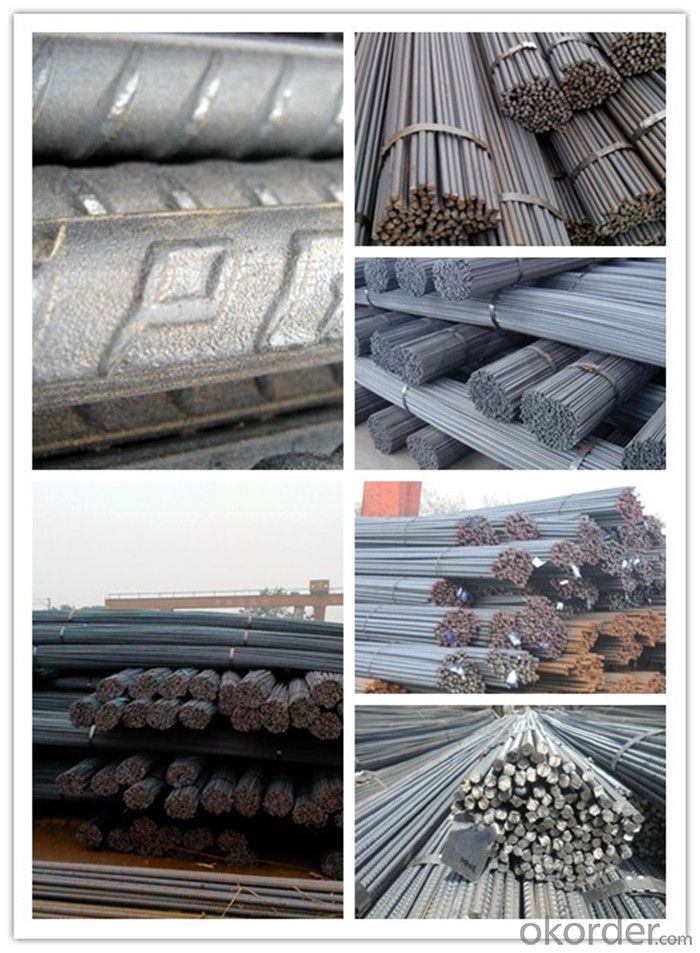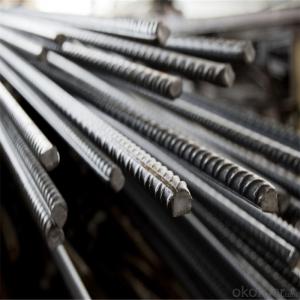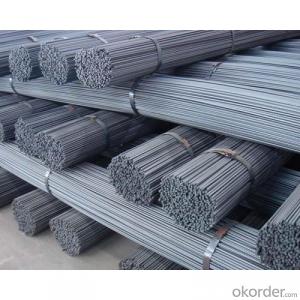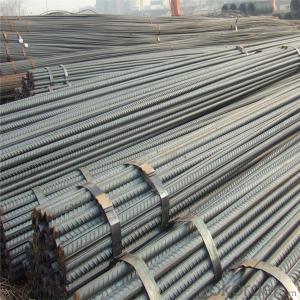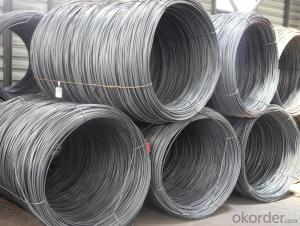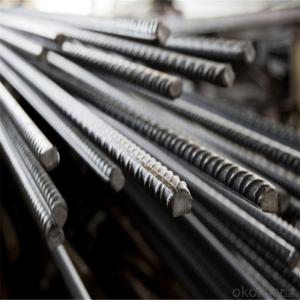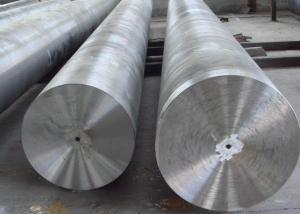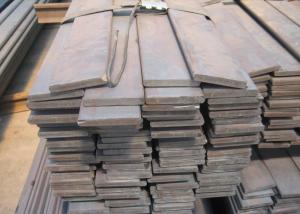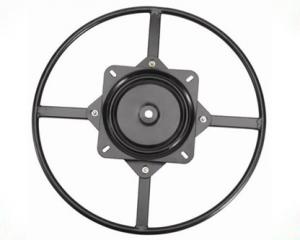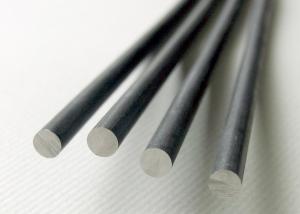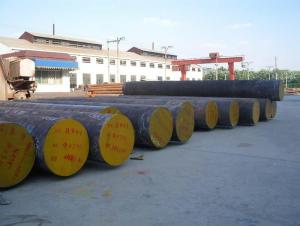Steel Rebar Size for Construction
- Loading Port:
- Tianjin
- Payment Terms:
- TT OR LC
- Min Order Qty:
- 100 m.t.
- Supply Capability:
- 50000 m.t./month
OKorder Service Pledge
OKorder Financial Service
You Might Also Like
Specification
Steel Rebar Size for Construction
Description of Steel Rebar Size:
1, Diameter: 5.5mm-10mm rounds reinforcing steel bar
10m- 40 rods reinforcing Steel Rebar Size
2, Length: 6m, 9m, 12m or customized
3, Standard: GB, ASTM, AISI, SAE, DIN, JIS, EN
OEM technology - send detailed technical parameters for accurate quotation.
2, Produce Process: smelt iron - EAF smelt billet - ESR smelt billet -
hot rolled or forged to get the steel round bar and plate
3, Heat Treatment: annealing, normalizing, tempering, quenching
4, Surface Treatment: Black
5, Quality Assurance: We accept third party inspection for all orders.
You can ask testing organizations such as SGS, BV, etc. to test our products before shipping.
Chemical Composition of Steel Rebar Size:
Grade | Technical data of the original chemical composition(%) | |||||
Reinforcing steel bar HRB335 | C | Mn | Si | S | P | B |
≤0.25 | ≤1.60 | ≤0.80 | ≤0.045 | ≤0.045 | >0.0008 | |
Physics Capability | ||||||
Yield Strength(N/cm2) | Tensile Strength(N/cm2) | Elongation(%) | ||||
≥ 335 | ≥490 | ≥16 | ||||
Reinforcing steel bar HRB400 | C | Mn | Si | S | P | B |
≤0.25 | ≤0.16 | ≤0.80 | ≤0.045 | ≤0.045 | 0.04-0.12 | |
Physics Capability | ||||||
Yield Strength(N/cm2) | Tensile Strength(N/cm2) | Elongation(%) | ||||
≥ 400 | ≥ 570 | ≥ 14 | ||||
Product Show of Steel Rebar Size:
Workshop
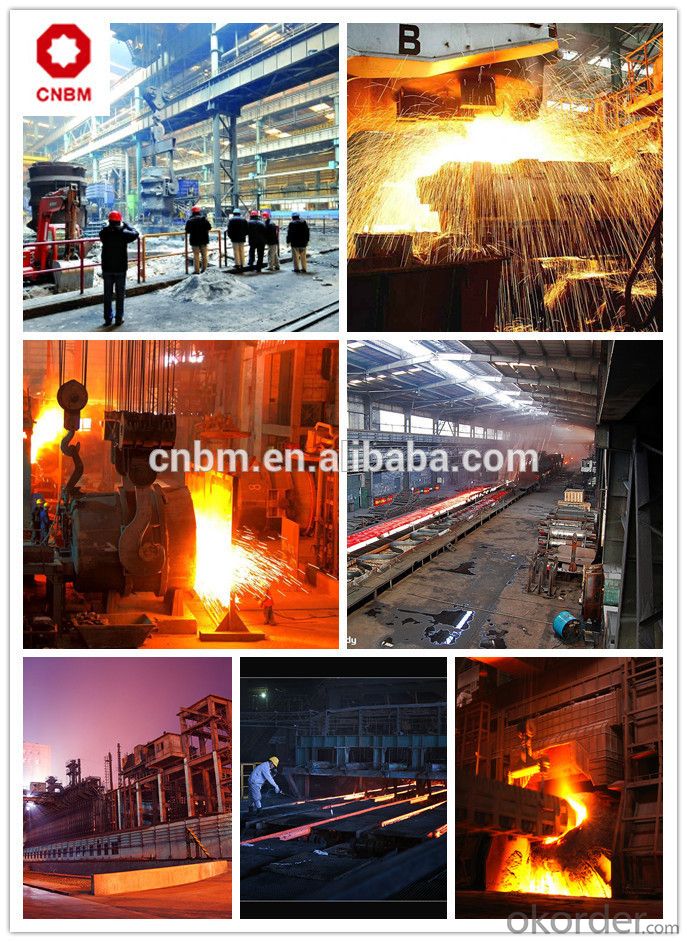
Company Information:
CNBM International Corporation is the most important trading platform of CNBM group.
Whith its advantages, CNBM International are mainly concentrate on Cement, Glass, Iron and Steel, Ceramics industries and devotes herself for supplying high qulity series of refractories as well as technical consultancies and logistics solutions.

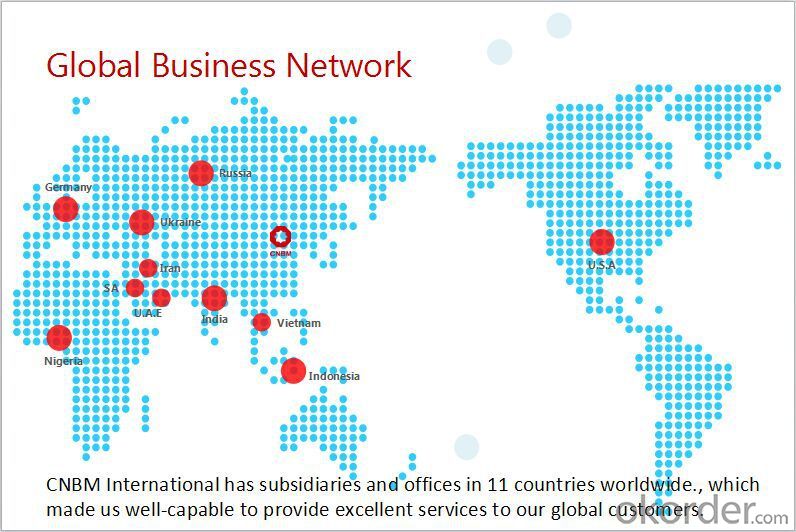
FAQ:
1, Your advantages?
professional products inquiry, products knowledge train (for agents), smooth goods delivery, excellent customer solution proposale
2, Test & Certificate?
SGS test is available, customer inspection before shipping is welcome, third party inspection is no problem
3, Factory or Trading Company?
CNBM is a trading company but we have so many protocol factories and CNBM works as a trading department of these factories. Also CNBM is the holding company of many factories.
4, Payment Terms?
30% TT as deposit and 70% before delivery.
Irrevocable L/C at sight.
5, Trading Terms?
EXW, FOB, CIF, FFR, CNF
6, After-sale Service?
CNBM provides the services and support you need for every step of our cooperation. We're the business partner you can trust.
For any problem, please kindly contact us at any your convenient time.
We'll reply you in our first priority within 24 hours.
Contact Us:
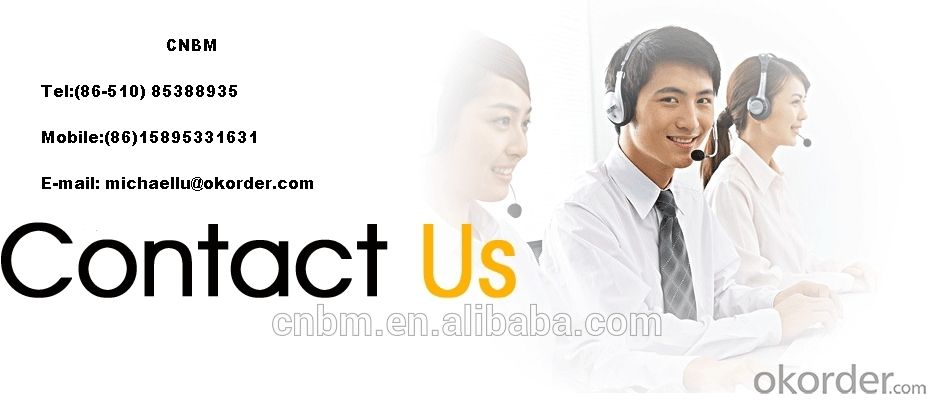
- Q: What are the main factors affecting the wear resistance of special steel?
- There are several main factors that affect the wear resistance of special steel. Firstly, the composition of the steel plays a crucial role. The addition of certain alloying elements, such as chromium, vanadium, and tungsten, can significantly enhance the wear resistance of the steel. These elements form hard carbides or nitrides within the steel matrix, which increase its hardness and resistance to wear. Secondly, the heat treatment process used on the steel greatly influences its wear resistance. Through processes like quenching and tempering, the steel can be hardened to achieve a desired level of wear resistance. The heat treatment also helps in refining the microstructure of the steel, making it more resistant to wear and deformation. Thirdly, the microstructure of the steel is another important factor. The presence of fine grains and a homogeneous distribution of carbides or other reinforcing phases within the steel matrix greatly enhances its wear resistance. Additionally, the presence of retained austenite, a metastable phase, can also contribute to improved wear resistance. Furthermore, the hardness of the steel is a key determinant of its wear resistance. A higher hardness level generally translates to better wear resistance, as it provides resistance against the abrasive forces acting on the steel surface. Lastly, the design and surface finish of components made from special steel also affect their wear resistance. The shape, size, and surface roughness of the components can influence the distribution and magnitude of the contact stresses on the steel, thereby affecting its wear resistance. In conclusion, the wear resistance of special steel is influenced by factors such as its composition, heat treatment, microstructure, hardness, and the design and surface finish of the components. By carefully considering these factors, engineers can optimize the wear resistance of special steel for various applications.
- Q: What are the different surface hardening techniques for special steel?
- There are several surface hardening techniques that can be used for special steel to enhance its mechanical properties and improve its wear resistance. These techniques include: 1. Case hardening: This method involves introducing carbon or nitrogen into the surface of the steel through diffusion. The steel is heated in the presence of a carbon-rich or nitrogen-rich environment, causing the carbon or nitrogen atoms to diffuse into the surface layer. This process forms a hardened case while maintaining a tough core. 2. Nitriding: Nitriding is a surface hardening process that involves the diffusion of nitrogen into the steel. The steel is placed in a nitrogen-rich environment at elevated temperatures, forming a hardened surface layer with improved wear resistance and corrosion resistance. 3. Carburizing: Carburizing is a process that involves introducing carbon into the surface of the steel. The steel is heated in a carbon-rich environment, allowing the carbon atoms to diffuse into the surface layer. This forms a hardened case with increased hardness and wear resistance. 4. Induction hardening: Induction hardening is a localized surface hardening technique. The steel is heated using an induction coil, and then rapidly quenched. This process results in a hardened surface layer with high hardness and improved wear resistance. 5. Flame hardening: Flame hardening is another localized surface hardening method. The steel surface is heated using a high-temperature flame and then quickly quenched. This technique produces a hardened surface layer with increased hardness and wear resistance. 6. Laser hardening: Laser hardening is a precise and localized surface hardening technique. A laser beam is used to heat the desired area of the steel, followed by rapid quenching. This process forms a hardened surface layer with enhanced mechanical properties. These surface hardening techniques for special steel can significantly improve its durability, strength, and resistance to wear and corrosion, making it suitable for various industrial applications. The selection of the most appropriate technique depends on factors such as the desired hardness level, the complexity of the steel component, and the specific requirements of the application.
- Q: What are the specific requirements for special steel used in the textile machinery industry?
- The special steel requirements for the textile machinery industry can differ based on the specific application and machinery involved. Nevertheless, there are several common requirements in this industry. Firstly, corrosion resistance is crucial as textile machinery is frequently exposed to moisture, chemicals, and other corrosive substances. Therefore, the special steel used must possess excellent corrosion resistance properties to ensure durability and longevity. Secondly, high strength is necessary since textile machinery operates under high loads and stresses. Consequently, the special steel employed must have strong characteristics to withstand these forces and prevent deformation or failure. Furthermore, wear resistance is important as textile machinery involves constant contact between different components, leading to wear and tear. Thus, the special steel utilized should exhibit good wear resistance properties to minimize friction and extend the machinery's lifespan. Additionally, heat resistance is vital as textile machinery often operates at high temperatures due to friction generated during the manufacturing process. Consequently, the special steel used should possess exceptional heat resistance to prevent deformation or loss of mechanical properties under high temperature conditions. Moreover, machinability is necessary for the special steel used in the textile machinery industry. This allows for the production of complex components with precise dimensions, ensuring smooth and efficient machinery operation. Lastly, cost-effectiveness is crucial while meeting all the aforementioned requirements. Manufacturers strive to balance performance and cost to maintain competitiveness in the market without compromising on quality. It is important to note that these requirements can vary depending on the specific application within the textile machinery industry. As a result, manufacturers and engineers must carefully evaluate their machinery's requirements and choose the appropriate special steel accordingly.
- Q: Can special steel be used in the production of springs for automotive suspension?
- Yes, special steel can be used in the production of springs for automotive suspension. Special steel, such as high-strength or alloy steel, is often preferred for its improved durability, strength, and resistance to fatigue. These properties are critical for springs in automotive suspension systems, as they need to withstand the constant stress and load of the vehicle's weight and provide a smooth ride.
- Q: How does special steel contribute to the aerospace material weight reduction?
- Special steel contributes to aerospace material weight reduction through its unique properties and characteristics. Special steel alloys such as stainless steel, titanium alloys, and high-strength low-alloy steel offer superior strength-to-weight ratios, allowing for the construction of lightweight yet robust components and structures in aircraft. These steel alloys possess excellent mechanical properties, including high tensile strength, hardness, and corrosion resistance, which enables them to withstand extreme conditions and reduce the need for additional material reinforcement. By utilizing special steel, aerospace manufacturers can design and fabricate lighter aircraft, resulting in improved fuel efficiency, increased payload capacity, and enhanced overall performance.
- Q: How is boron steel used in automotive safety applications?
- Boron steel is used in automotive safety applications due to its high strength and ability to absorb and distribute impact energy. It is commonly used in the construction of safety cages, reinforcements, and components such as side impact beams, door beams, and crash boxes. Its exceptional crashworthiness properties help improve the structural integrity of vehicles, enhance occupant protection, and reduce the risk of serious injuries during accidents.
- Q: How does special steel perform in electrical applications?
- Special steel is typically used in electrical applications due to its excellent conductivity and high resistance to corrosion. It provides efficient electrical conductivity, ensuring minimal power loss and heat generation. Additionally, special steel exhibits good magnetic properties, making it suitable for applications that require magnetic fields, such as transformers and motors. Overall, special steel performs exceptionally well in electrical applications, meeting the demanding requirements of the industry.
- Q: What are the different methods of coating special steel?
- Enhancing the performance and safeguarding special steel from corrosion or damage can be achieved through various coating methods. Some commonly used techniques include: 1. Galvanization: A layer of zinc is applied to the steel, either through hot-dip galvanization or electroplating. This zinc layer offers exceptional corrosion resistance and acts as a sacrificial anode, preventing rusting. 2. Powder coating: An electrostatically applied dry powder is cured under heat, creating a protective layer that not only provides resistance to chipping, scratching, and corrosion but also adds an appealing finish. 3. Electroplating: The steel is immersed in a solution containing metal ions like chromium or nickel, and an electric current is passed through it. This process deposits the metal ions onto the steel surface, forming a thin protective layer that enhances corrosion resistance and gives a decorative appearance. 4. Cladding: A layer of corrosion-resistant material, such as stainless steel or titanium, is bonded to the surface of the special steel. Cladding offers improved resistance to corrosion, wear, and heat while maintaining the base steel's strength and mechanical properties. 5. Thermal spraying: Coating material like zinc or aluminum is heated to a molten or semi-molten state and then sprayed onto the steel surface using compressed air or a similar method. The sprayed material forms a protective layer that delivers excellent corrosion resistance and can also provide functional properties like thermal insulation or electrical conductivity. 6. Chemical conversion coating: The steel surface is treated with a chemical solution that reacts with the surface to create a thin layer of protective compound like phosphate or chromate. This conversion coating enhances corrosion resistance and promotes the adhesion of subsequent coatings. These are just a few examples of the numerous coating methods available for special steel. The selection of the most suitable method depends on factors like desired properties, intended application, and budget constraints. It is crucial to choose the appropriate coating method to ensure the longevity and performance of the special steel.
- Q: How does special steel contribute to reducing maintenance costs?
- Special steel contributes to reducing maintenance costs by offering enhanced durability, corrosion resistance, and wear resistance properties. This means that components made from special steel have a longer lifespan and require less frequent maintenance or replacement. Additionally, special steel can be designed to withstand extreme conditions, reducing the risk of failures and breakdowns, ultimately leading to lower maintenance costs.
- Q: Can special steel be used for making medical equipment?
- Yes, special steel can be used for making medical equipment. Special steels, such as stainless steel, are commonly used in the manufacturing of medical instruments and equipment due to their excellent mechanical properties, corrosion resistance, and biocompatibility. Stainless steel, in particular, is highly resistant to corrosion, easy to clean and sterilize, and can withstand the harsh conditions of medical procedures. It is commonly used in the production of surgical instruments, implants, orthopedic devices, needles, and other medical equipment. Additionally, special steels can be customized and engineered to meet specific requirements for medical applications, ensuring the highest quality and performance.
Send your message to us
Steel Rebar Size for Construction
- Loading Port:
- Tianjin
- Payment Terms:
- TT OR LC
- Min Order Qty:
- 100 m.t.
- Supply Capability:
- 50000 m.t./month
OKorder Service Pledge
OKorder Financial Service
Similar products
Hot products
Hot Searches
Related keywords
